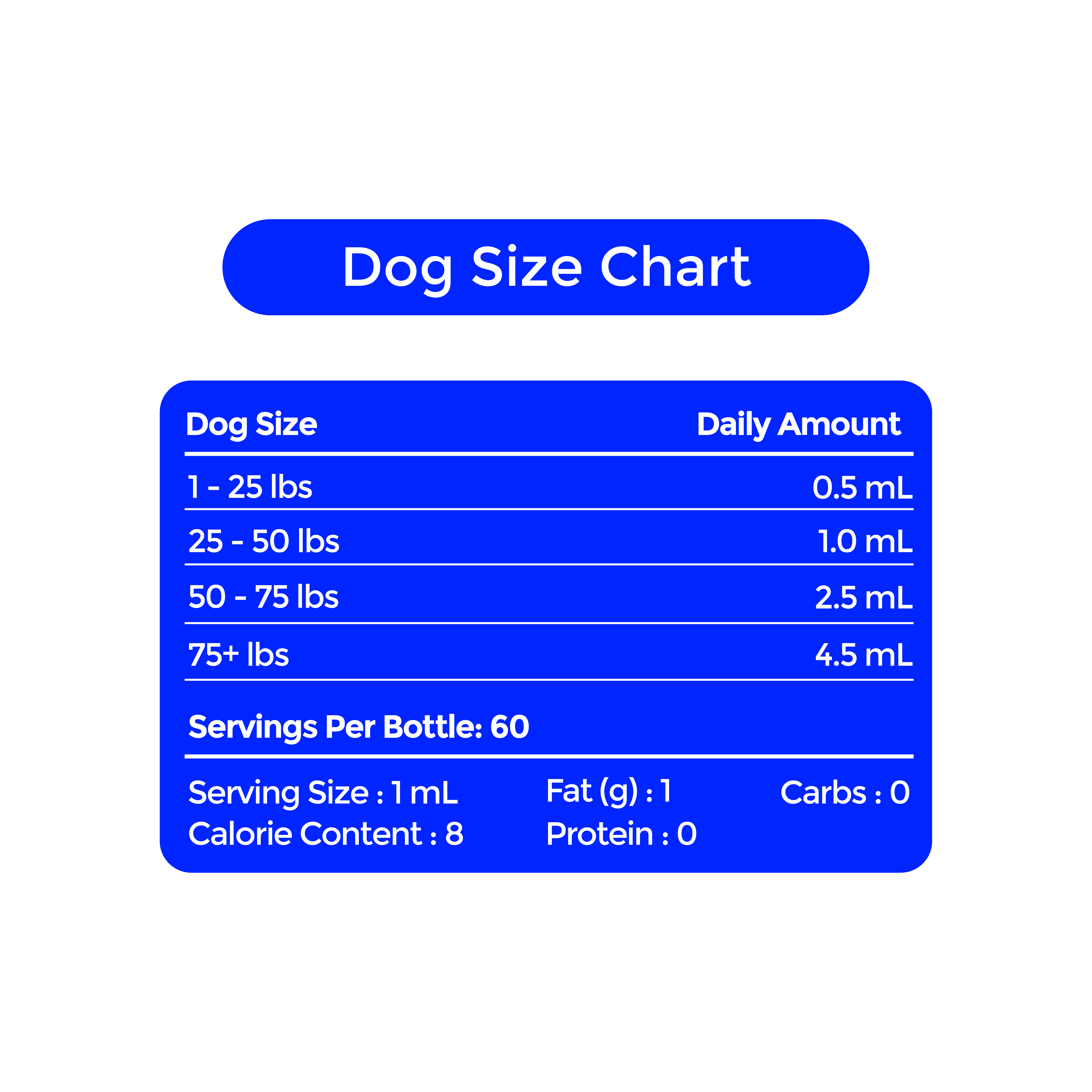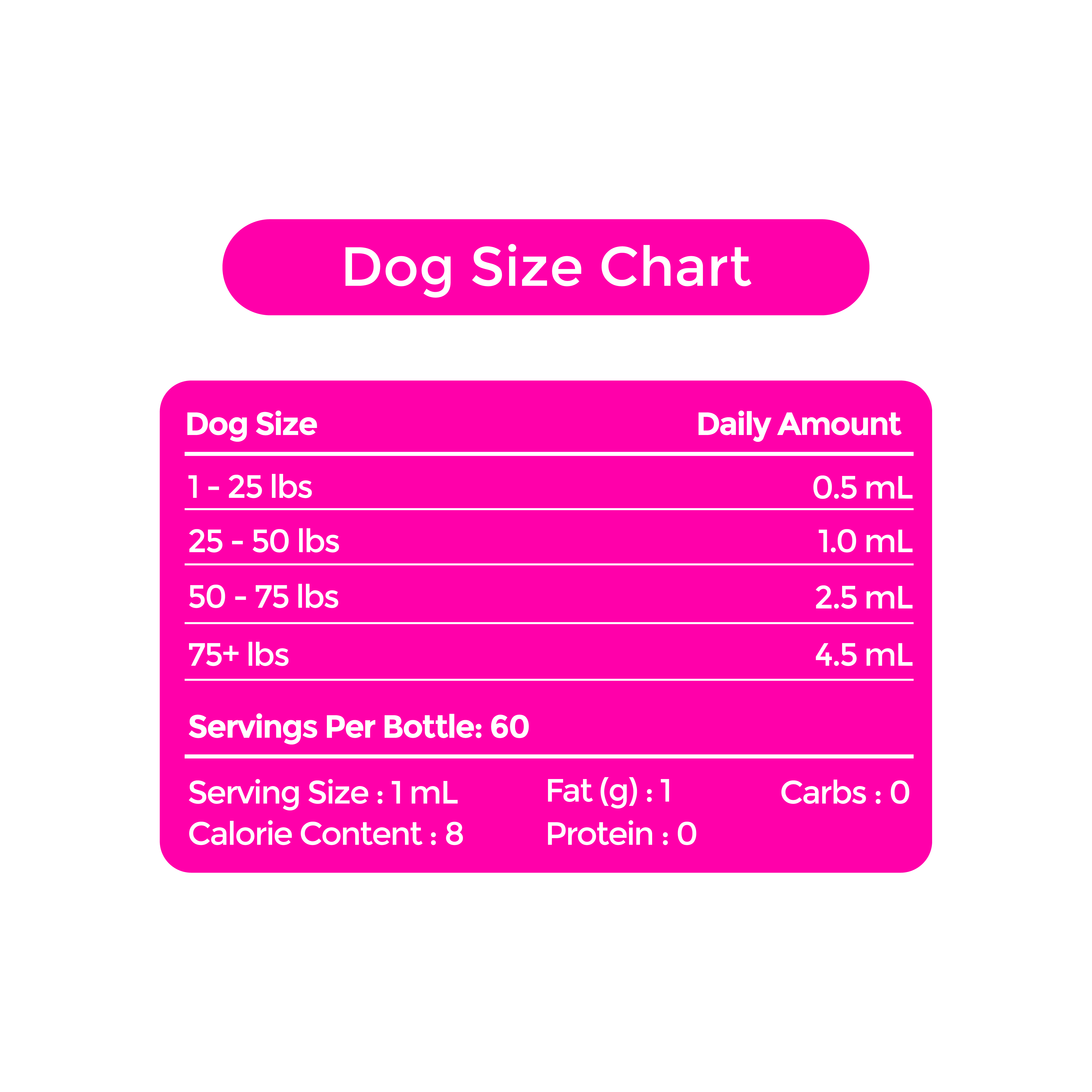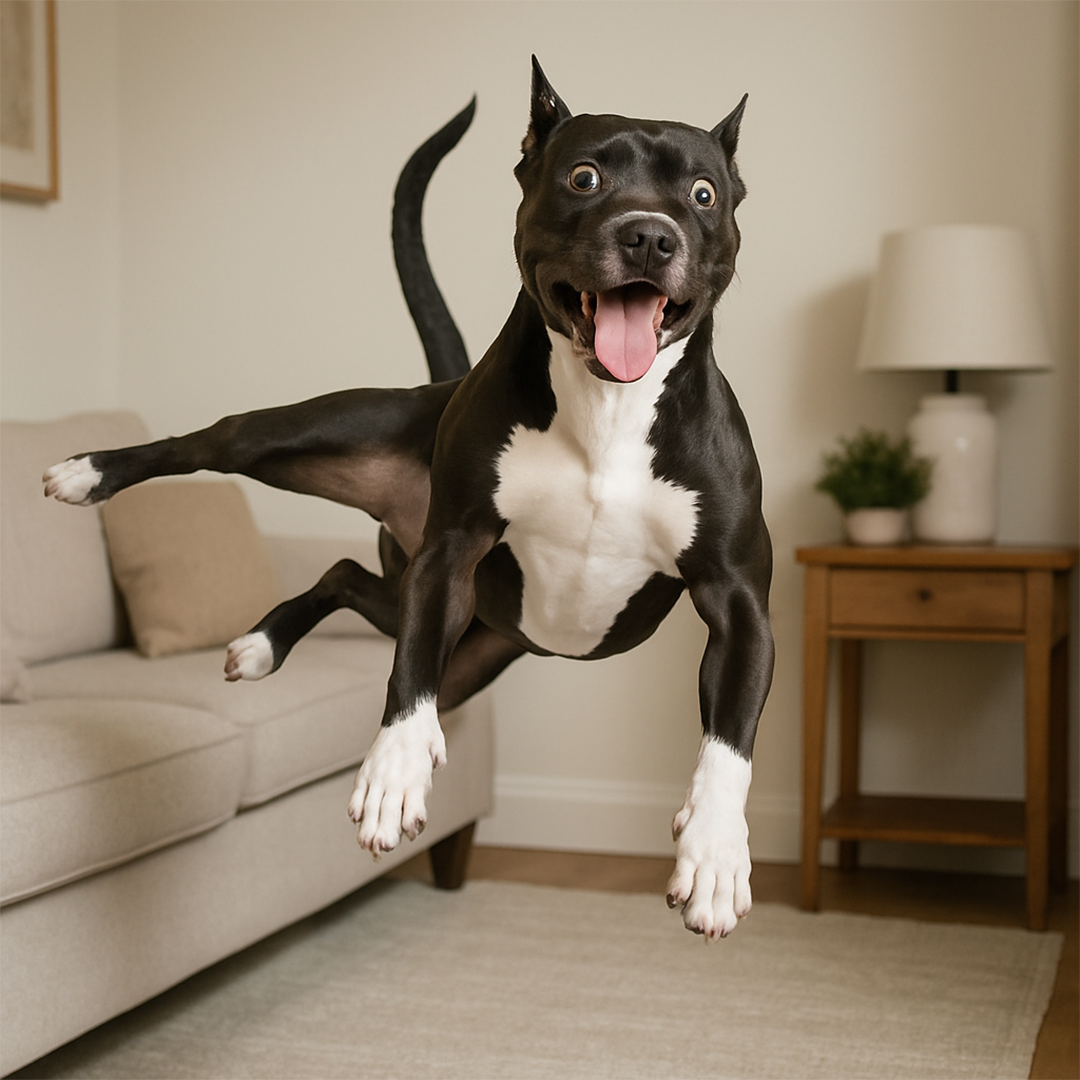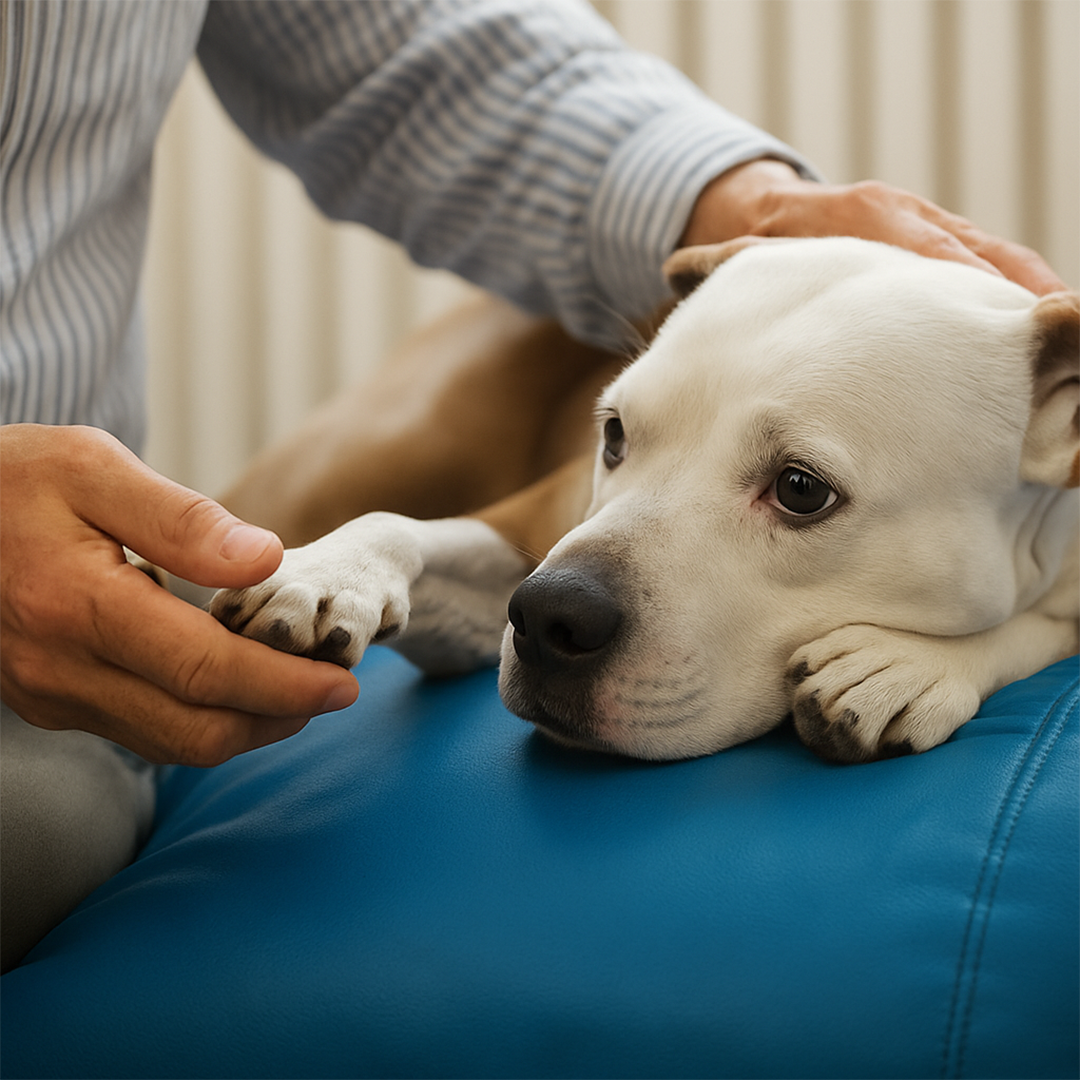Good Dog, Better Icon: Snoopy (Peanuts)
When Charles M. Schulz introduced Snoopy to the world in Peanuts on October 4, 1950, no one could’ve predicted that a little beagle with a big imagination would become one of the most beloved and iconic dogs in history. But over seven decades later, Snoopy isn’t just a comic strip sidekick—he’s a cultural phenomenon.
At first, Snoopy didn’t even talk. He was just Charlie Brown’s loyal pup with a knack for physical comedy and sly expressions. But by the mid-1950s, everything changed. Snoopy found his voice—internally, at least—and with it came an entire universe of alter egos: the World War I Flying Ace, Joe Cool, a frustrated writer, a lawyer, a tennis pro, and more.
What made Snoopy different wasn’t just his wit or his wildly creative daydreams. It was his emotional range. He could be sarcastic and sensitive, self-involved and deeply loyal. While Charlie Brown wrestled with existential dread and playground politics, Snoopy offered a surreal, often hilarious break from reality—with a typewriter on his doghouse roof and dreams of literary fame.
Snoopy also broke barriers. He was one of the first cartoon characters to get mass-market merchandising—his face appeared on everything from plush toys to lunchboxes, becoming a multi-billion dollar licensing juggernaut by the 1980s. NASA even named its lunar module “Snoopy” during the Apollo 10 mission, cementing his place not just in pop culture, but in literal space history.
And yet, for all his adventures and ego, Snoopy always came home—to Charlie Brown, to his doghouse, to that little red bowl. Because for all his imagination, he was still a dog. A good one. The best one. The kind who reminded us that sometimes, escaping reality is how you survive it.
So here’s to Snoopy:
The beagle who dreamed bigger than any of us.
The dog who made daydreaming iconic.
The original Good Dog, Better Icon.



















